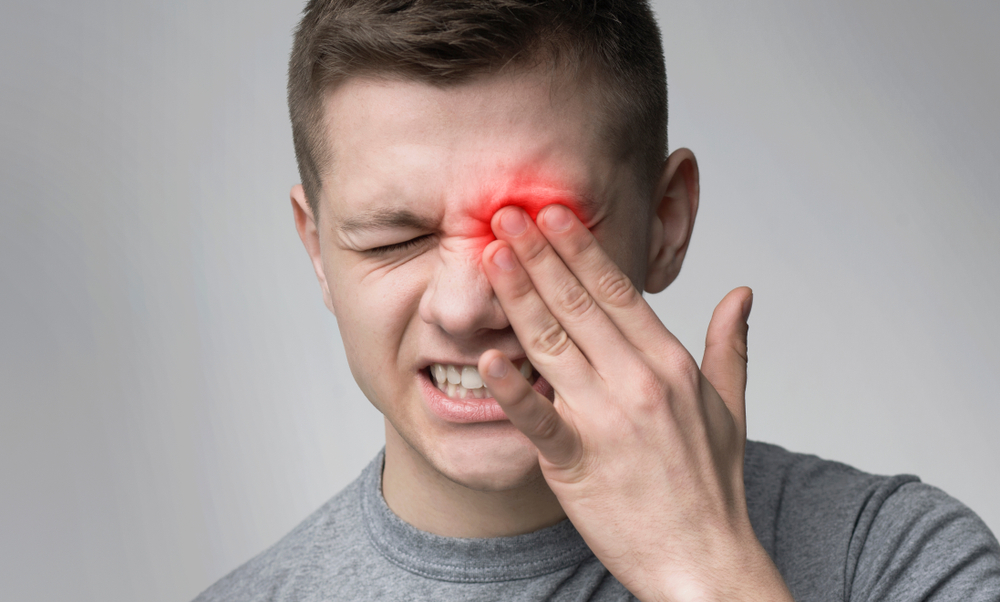The Essential Guide to Recognizing and Treating Eye Injuries

Our eyes are one of the most delicate and complex organs in the human body, so it is crucial to understand how to recognize and treat injuries when they occur. Eye injuries can happen in many different ways, from accidents at home or work to sports injuries and other traumatic events. This guide will provide you with valuable information about the most common types of eye injuries, how to recognize them, and how to respond if you or someone you know suffers an eye injury.
How to Recognize an Eye Injury
Recognizing an eye injury is essential for receiving prompt and appropriate treatment. Some signs that you may have suffered an eye injury include:
Pain or discomfort in the eye
Redness, swelling, or bruising around the eye
Changes in vision, such as blurred or double vision
Sensitivity to light
Tearing or discharge from the eye
A visible foreign object in the eye or on the surface of the eye
If you experience any of these symptoms, it is crucial to seek medical attention promptly to prevent further damage or complications.
Common types of eye injuries and their symptoms
Scratched Sclera
A scratched sclera, also known as a corneal abrasion, occurs when the protective outer layer of the eye is scratched or damaged. This type of eye injury is commonly caused by fingernails, contact lenses, or foreign objects like dust and debris. Symptoms of a scratched sclera include pain, redness, tearing, blurred vision, and sensitivity to light. It is essential to seek medical attention immediately if you suspect a scratched sclera, as untreated abrasions can lead to infection and vision loss.
Foreign Objects in the Eye
Having something in your eye can be a painful and irritating experience. Foreign objects can include dust, dirt, sand, or other small particles that get trapped in your eye. Symptoms of this type of eye injury may include redness, tearing, a gritty feeling in the eye, and pain. Depending on the size and location of the object, you may be able to remove it yourself by flushing your eye with water. However, if the object is large or embedded in your eye, seek professional medical help immediately.
Chemical Burns
Chemical burns to the eye can be a severe type of eye injury, often caused by exposure to household cleaning products, industrial chemicals, or other harmful substances. Symptoms of a chemical burn to the eye include pain, redness, burning, blurred vision, and tearing. If you or someone you know experiences a chemical burn to the eye, it is crucial to flush the affected eye with clean water for at least 15 minutes and seek immediate medical attention.
Eye Trauma
Eye trauma refers to any injury caused by blunt force or impact to the eye, such as being hit by a ball or falling onto a hard surface. Symptoms of eye trauma can include pain, swelling, redness, and changes in vision. Eye trauma can lead to more severe injuries, such as orbital fractures, retinal detachment, or even permanent vision loss. If you suspect an eye trauma injury, seek medical attention immediately.
When to Seek Medical Attention for an Eye Injury
It is essential to seek medical attention for any eye injury, no matter how minor it may seem. Delaying treatment can result in complications and even permanent vision loss. Some situations in which you should seek immediate medical attention include:
Severe pain or changes in vision
Suspected chemical burns
Visible foreign objects embedded in the eye
Signs of infection, such as increased redness, swelling, or discharge
No improvement in symptoms after attempting first aid
The Importance of Regular Eye Check-ups
Regular eye check-ups are essential for maintaining good eye health and detecting potential problems before they become serious. Eye exams can help identify early signs of eye conditions such as glaucoma, cataracts, and age-related macular degeneration, which can lead to vision loss if left untreated. Regular eye exams can also detect other health issues, such as high blood pressure or diabetes, allowing for early intervention and treatment.
Conclusion
Eye injuries can be painful and potentially devastating, so it is vital to prioritize eye health and safety in our daily lives. By understanding the common types of eye injuries, recognizing their symptoms, and knowing how to respond in case of an injury, we can help protect our eyes and preserve our vision. Remember to wear proper eye protection, practice good hygiene, and schedule regular eye exams to maintain healthy vision for years to come.
For more information on recognizing and treating eye injuries, visit University Optometric Center at our office in Irvine or Newport Beach, California. Call (949) 216-8900 or (949) 476-2870 to discuss any questions with our team of experts or to schedule an appointment today.










